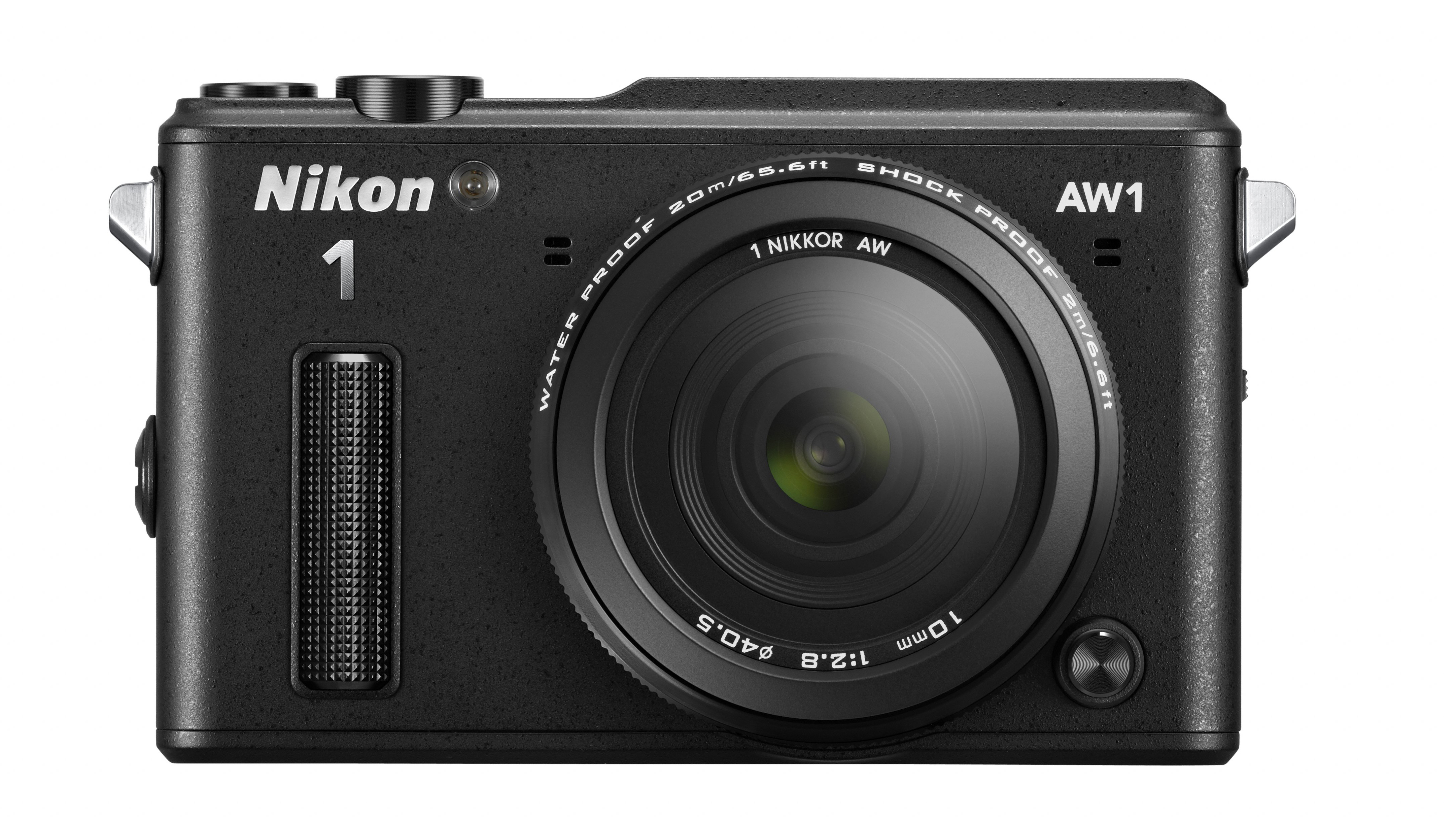TechRadar Verdict
The AW1 performs well, produces acceptable shots in most conditions and has unparalleled go-anywhere abilities. It's certainly a fine choice for those who'll value it's toughness over the lack of manual controls and current lens-based compromises.
Pros
- +
Waterproof and tough
- +
Reliable exposure metering
- +
Bright, high res monitor
Cons
- -
Only two toughened lenses available
- -
Rear controls fiddly
- -
Essential settings hidden in menus
Why you can trust TechRadar
Until now, if you wanted a digital camera that you could use underwater, your choice was to plump for one of the many ruggedized compact cameras on the market, or you could shell out for a DSLR underwater housing with a four-figure price tag.
This makes the arrival of the Nikon 1 AW1 a pretty significant moment in the digital camera's history.
What we're looking at is the first compact system camera that's not only waterproof to 15m depths, but shock- and freeze-proof as well. With internals taken from the existing Nikon 1 J3, including its 14.2MP CX-format sensor, you get this ruggedness without the usual image quality compromises associated with a toughened compact snapper.
Nikon is actually an old hand at waterproof interchangeable lens cameras, with its long-running Nikonos series of 35mm film cameras famed for their underwater shooting capabilities at depths as low as 50m. Whilst the AW1 isn't in the same league as this, it's nevertheless a fresh and compelling camera for action photographers wanting toughness and image quality without sacrificing compactness.
Features
Headline specs for the AW1 are, of course, its ability to survive some rough and tumble. That 15m-deep waterproof rating will certainly make it a snorkeler's perfect partner, but it's the AW1's ability to bounce, rather than smash, when dropped from a height of two metres which is likely to appeal more often.
These specs apply to the AW1 body and both of the current toughened AW-series lenses, which include a 10mm, f/2.8 prime (equivalent to 27mm), and the 11-27.5mm (30-74mm equivalent), f/3.5-5.6 kit zoom optic.
The AW1 still uses the Nikon 1 lens mount design, so is compatible with any current one-mount lens, although fitting non-ruggedized glass will make the camera body's toughness as good as useless.
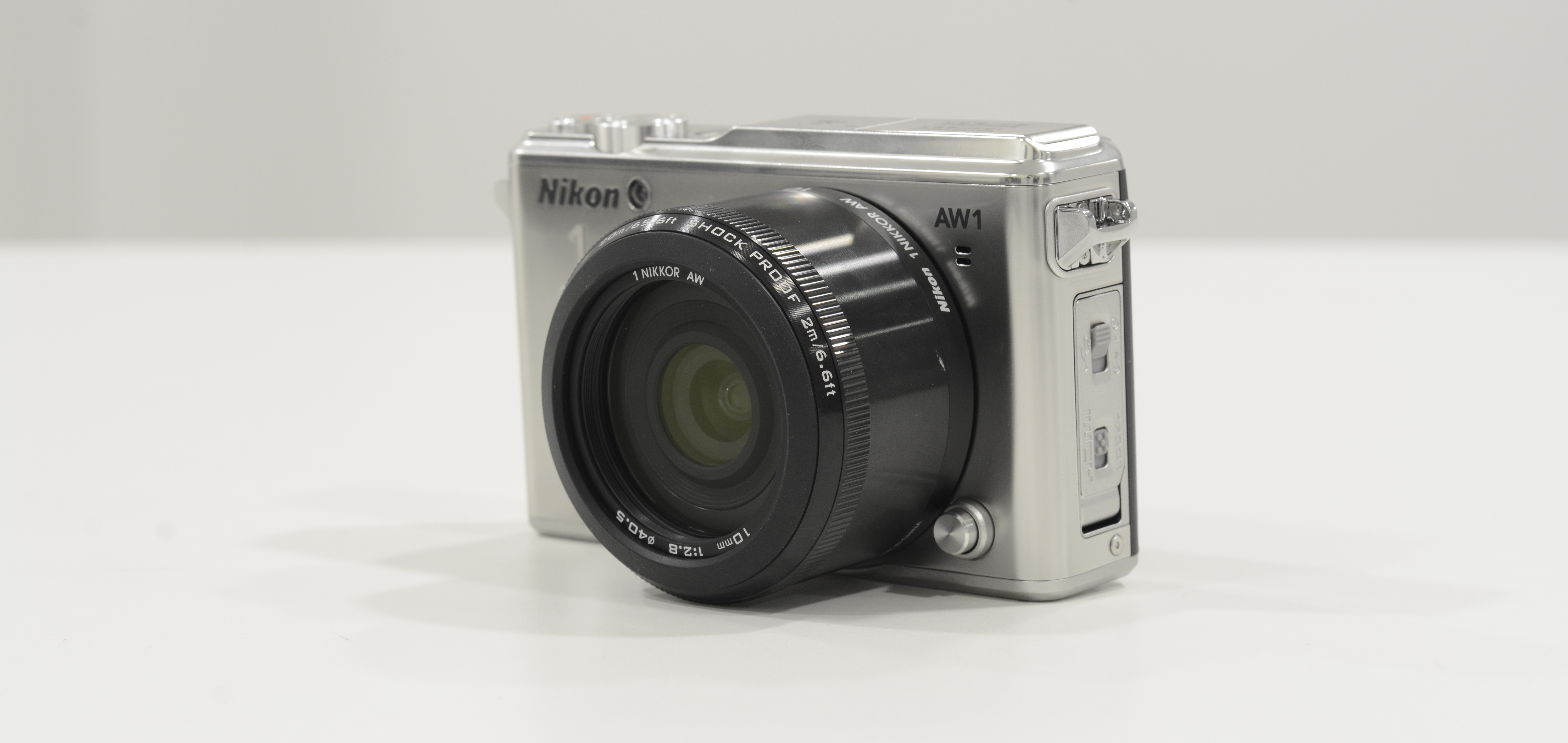
Unfortunately, since neither the AW1 nor its companion toughened-lenses include Vibration Reduction, your only option for a handheld stabilised image is to fit a standard VR-equipped lens and tread carefully.
Aside from the lack of image stabilisation, the AW1 includes almost every other feature you could want when you're on the go. There's GPS and its Russian GLONASS equivalent to record image locations, as well as Nikon's Action Control system that'll let you tilt the camera to adjust settings so you won't have to fumble around trying to press buttons whilst wearing gloves.
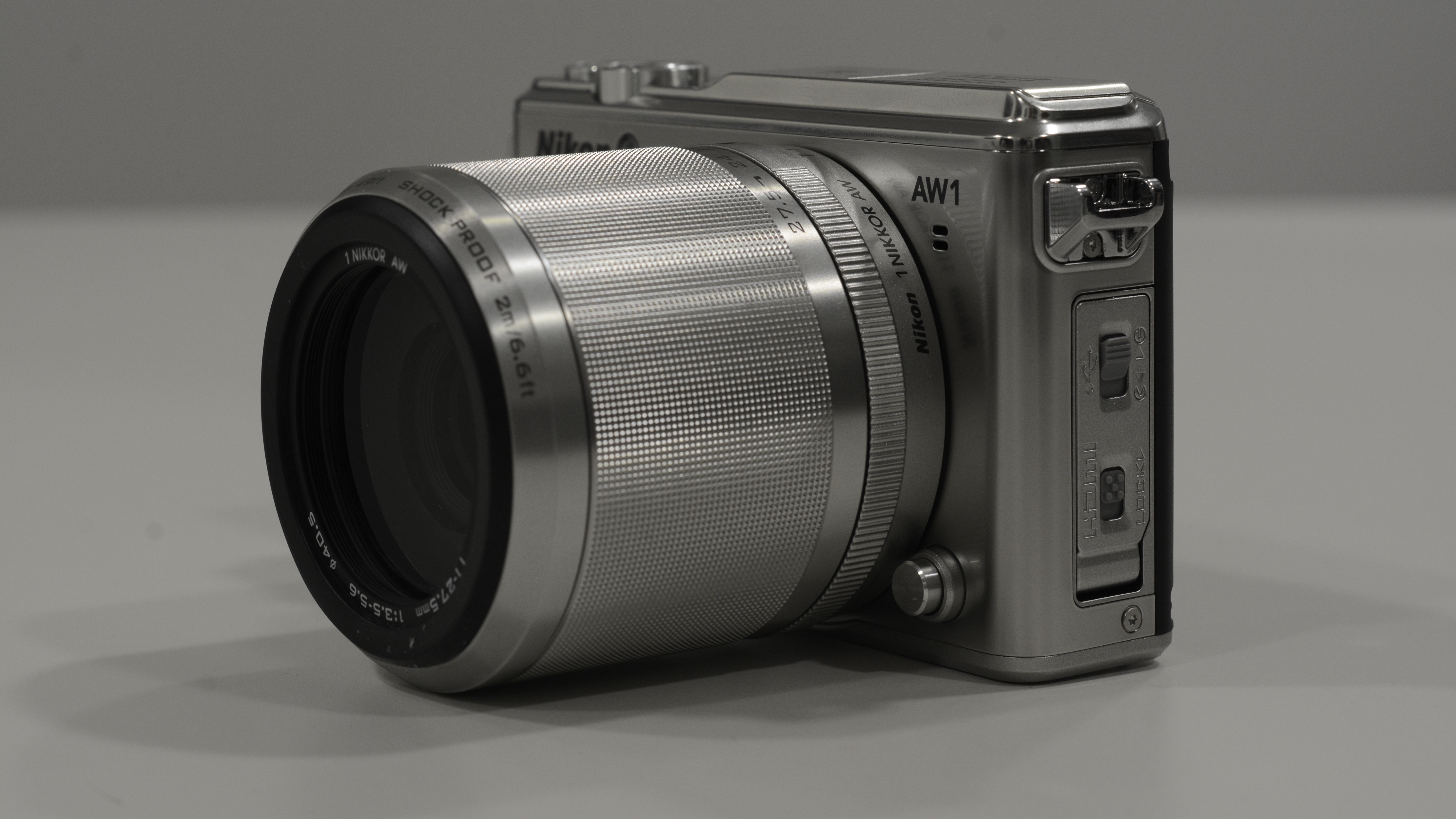
An altimeter and underwater depth gauge are also welcome inclusions for an action camera, as are the AW1's electronic compass and virtual horizon level. Disappointingly, there's no inbuilt Wi-Fi, but you can hook up Nikon's WU-1b Wi-Fi dongle to transfer or share images wirelessly.
Nikon's choice to base the AW1 on the tech inside the Nikon 1 J3 makes it fairly sleek for a system camera, especially when compacts given the toughness treatment often look like a Fisher Price toy camera on steroids.
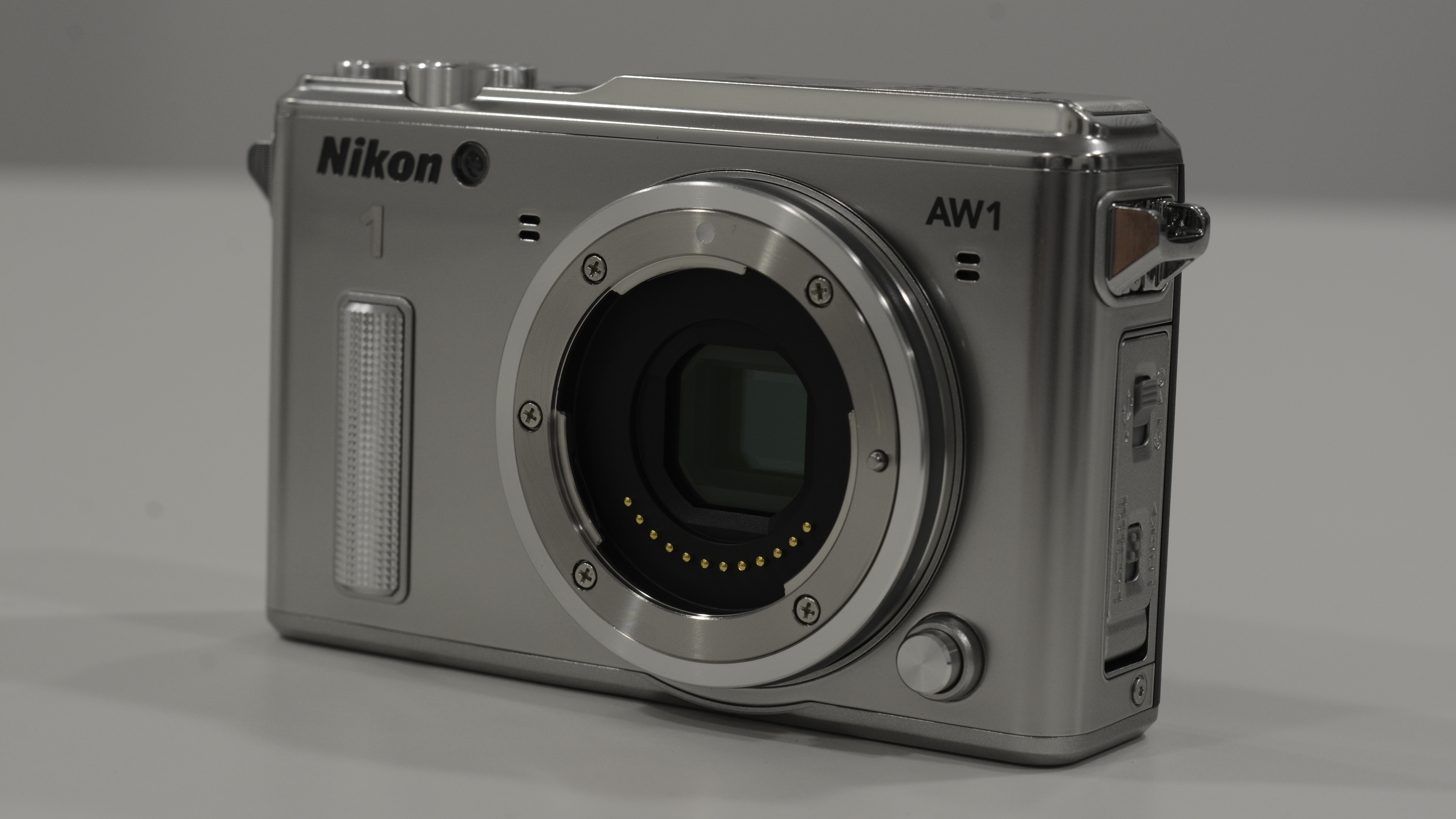
This family link also means the AW1 packs the same CX-format sensor boasting 14.2 million effective pixels and a sensitivity range of ISO 160-6400. That's certainly a welcome boost over the sensor size you'll find in a rugged compact camera, but the relatively small 1-inch size of the CX sensor format means the AW1 is still playing catch-up to larger APS-C or even Micro Four Thirds designs.
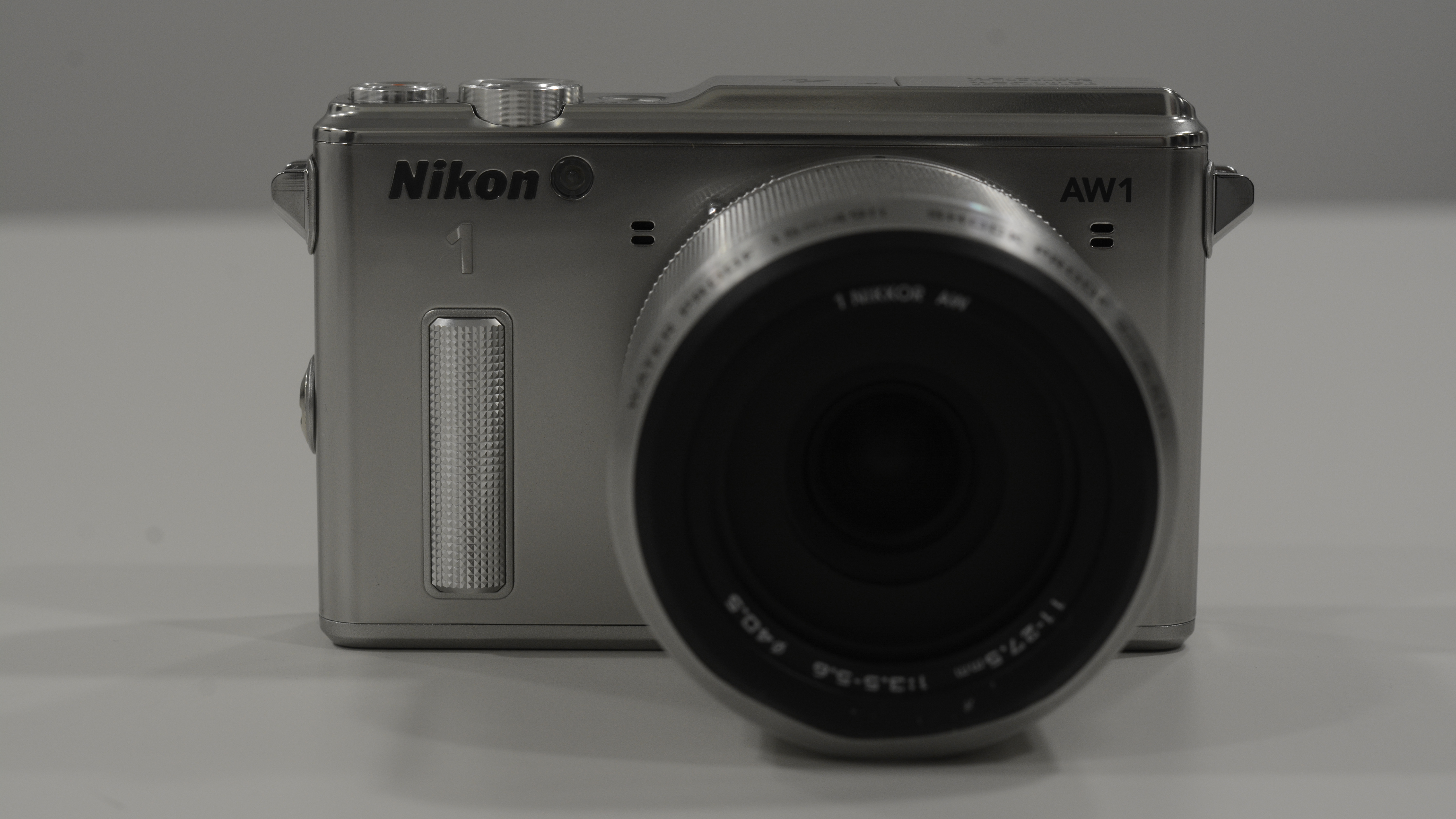
On the plus side, the AW1 does share the same powerful Expeed 3A processing chip as the J3, hence it inherits raw capture and an impressive 60fps shooting mode (albeit limited to a 20-shot burst). If that's not long enough, then there's always Full HD 1080p video recording at 30fps with stereo sound.
Another benefit of sharing the J3's technology is that the AW1 also gets its impressive hybrid autofocus system. By utilising both phase-detect and contrast-detect AF, the AW1 promises rapid autofocussing in a wide range of shooting conditions.
